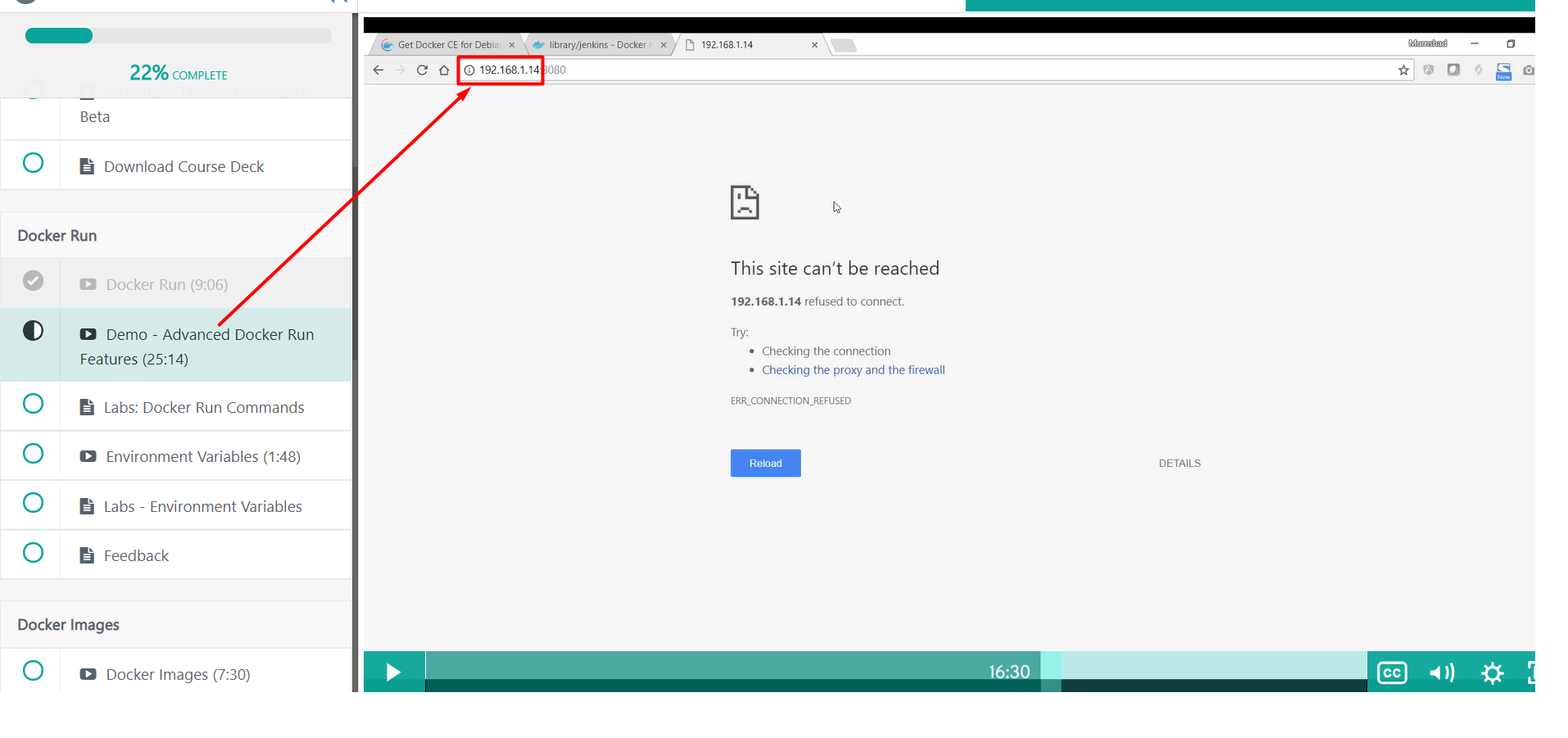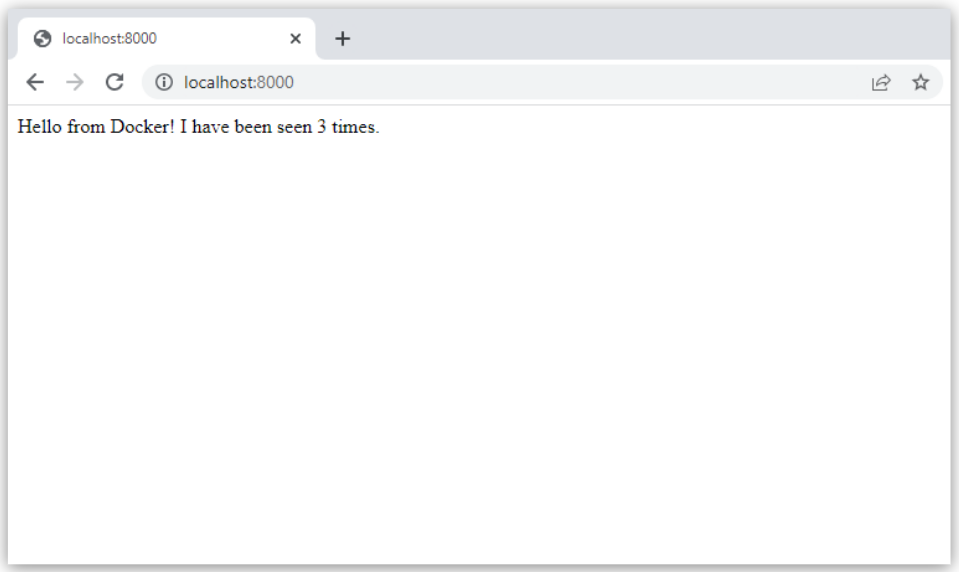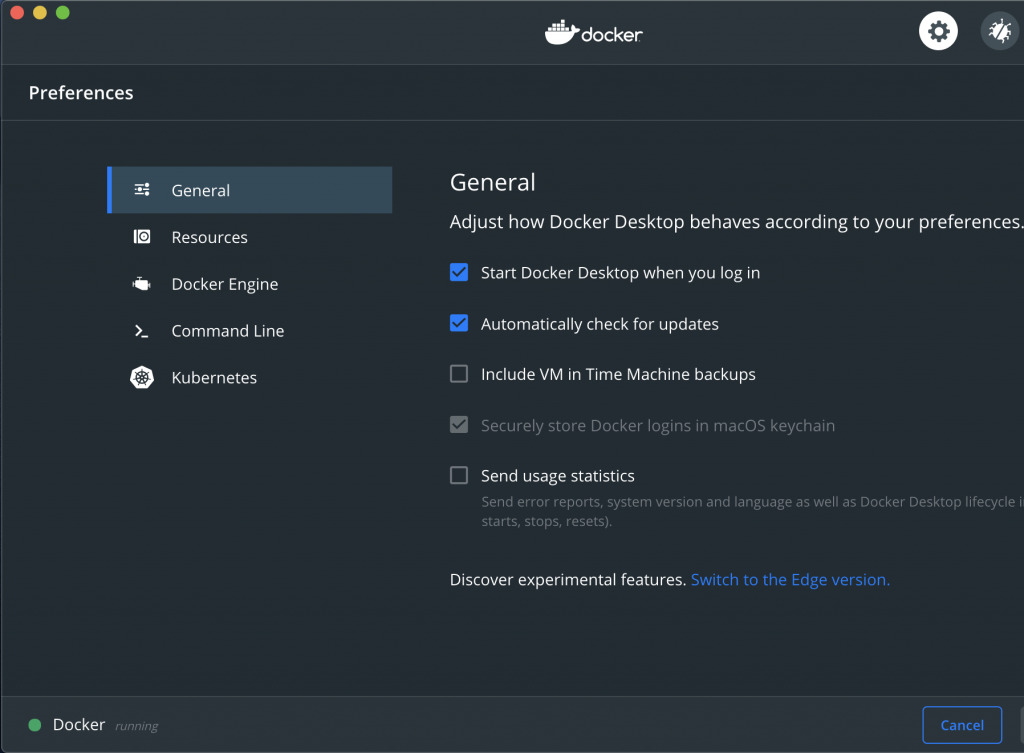
All the Docker containers are connected to this bridge and use the NAT rules created by docker to communicate with the outside world. It randomly chooses an address and subnet from a private defined range. docker0 is a virtual bridge interface created by Docker.
#Docker for mac find ip mac#
You might notice that something has changed:īut what exactly changed? What is this MAC address? (check here that it’s not a physical NIC interface). If you installed a Docker daemon and ran the following command Now that we are familiar with the basic terms, let’s start with our first observation. These devices create interconnected peering between the two connected links and pass direct traffic between them.

Veth: Virtual Ethernet device is a virtual device that acts as a tunnel between network namespaces.Every child process inherits its namespace from its ancestors. By default, the kernel provides a “default” namespace in its bootstrap (if not stating otherwise, every process will be spawned/forked in the default namespace). Each network looks like a “standalone” network area, with its own stack, Ethernet devices, routes and firewall rules.

 Network Namespace: by namespacing, the kernel is able to logically separate its processes to multiple different network “areas”. The Bridge uses a table, forwarding information base, maintains a forwarding pairs entries (for example, record might look like MAC_1 → IF_1). Bridge: the Network Bridge is a device (can also be a virtual one) that creates a communication surface which connects two or more interfaces to a single flat broadcast network. To achieve the above, the NAT maintains a set of rules (generally speaking, ports masquerade and translation). Typically, the NAT gives the kernel the ability to provide “virtual” large private networks to connect to the Internet using a single public IP address. NAT: Network Address Translation, provides a simple mapping from one IP address (or subnet) to another. Example protocols in this layer would be IP and ICMP (ping command). Layer 3: is the network layer, a routing layer that transfers packets between local area network hosts. An example protocol in this layer would be ARP, which discovers MAC addresses with its IP address. Layer 2: is the data link layer, a protocol layer that transfers frames between nodes in a typical wide area network. Definitionsīefore we dive deeper into the technical analysis, let’s make sure that you are familiar with some important definitions: It uses much of the same concepts, benefits and capabilities, such as abstractions, but it extends and expands them to fit its own needs. The Docker networking mechanism was built in a very similar way to that of the OS kernel. What is “well-defined”? What are the “channels” and how do they communicate in practice? In this detailed blog post, I will try to find the answers to these questions. “Containers can communicate with each other through well-defined channels”
Network Namespace: by namespacing, the kernel is able to logically separate its processes to multiple different network “areas”. The Bridge uses a table, forwarding information base, maintains a forwarding pairs entries (for example, record might look like MAC_1 → IF_1). Bridge: the Network Bridge is a device (can also be a virtual one) that creates a communication surface which connects two or more interfaces to a single flat broadcast network. To achieve the above, the NAT maintains a set of rules (generally speaking, ports masquerade and translation). Typically, the NAT gives the kernel the ability to provide “virtual” large private networks to connect to the Internet using a single public IP address. NAT: Network Address Translation, provides a simple mapping from one IP address (or subnet) to another. Example protocols in this layer would be IP and ICMP (ping command). Layer 3: is the network layer, a routing layer that transfers packets between local area network hosts. An example protocol in this layer would be ARP, which discovers MAC addresses with its IP address. Layer 2: is the data link layer, a protocol layer that transfers frames between nodes in a typical wide area network. Definitionsīefore we dive deeper into the technical analysis, let’s make sure that you are familiar with some important definitions: It uses much of the same concepts, benefits and capabilities, such as abstractions, but it extends and expands them to fit its own needs. The Docker networking mechanism was built in a very similar way to that of the OS kernel. What is “well-defined”? What are the “channels” and how do they communicate in practice? In this detailed blog post, I will try to find the answers to these questions. “Containers can communicate with each other through well-defined channels” 
Additionally, as I quote from the official Docker documentation: Docker is a set of PaaS products that use OS kernel virtualization (a.k.a Containers), isolated and self-contained filesystems, software, configurations, and libraries. Have you ever wondered how does the Docker networking mechanism really work? How does it translate its magical capabilities into a practical reality? Well, a few weeks ago I found myself asking the same question, and today, I’m ready to share my insights with you.








 0 kommentar(er)
0 kommentar(er)
